September 30, 2018 at 3:38 pm
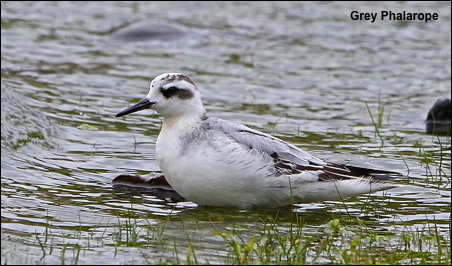
The wind and rain that we experienced in Wales last week had its effect on a species of bird that was already migrating south from its Arctic breeding grounds. Grey Phalaropes breed in Spitsbergen and two were blown onto the Lancashire coast. One turned up at Crosby and the other, featured in this weeks blog, spent three days at a Lancashire moorland reservoir. I could hardly resist going to have a look at one of my favourite Arctic birds. Having filmed them in their red breeding plumage in Spitsbergen and Alaska it was hard to believe that the bird I was now looking at in the foam and scum of a Lancashire moorland reservoir was the same bird. Click here
I wish it well and hope it survives to return to Spitsbergen next summer to breed.
September 23, 2018 at 8:06 pm
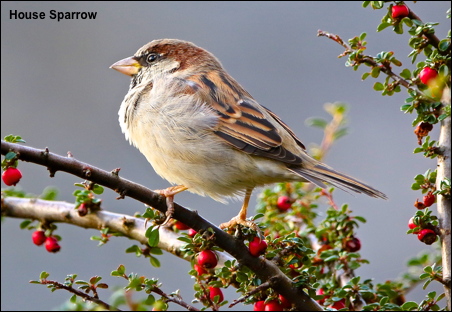
Last week to celebrate our Golden Wedding we stayed in our favourite cottage along the river Dee at Rivercatcher , near Bala. On our wedding day fifty years ago it rained all day and last week over two days we had five inches of rain!! Swallow Falls looked spectacular in the floodwaters but our attempt to reach Wales highest waterfall was thwarted by roadside debris which ultimately cost us two new tyres!
The Berwyn mountains had only Kestrels instead of Hen Harriers. The forests this year have a very heavy crop of cones and whilst we did see Crossbills there should be more as we progress into winter. The RSPB reserve at South Stack on Anglesey produced a pair of Chough, in a raging gale, that literally blew you off your feet. The cafe at South Stack was a welcome refuge as were many others along the A5 during the week. Most had bird-feeders and at one there were more than forty House Sparrows present.Click here
September 16, 2018 at 6:26 pm
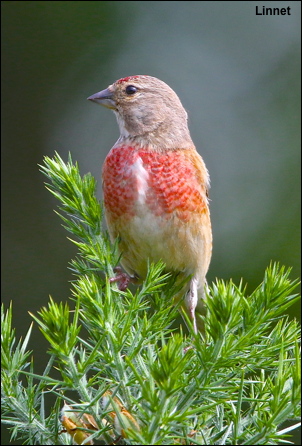
There is little doubt that Golf Courses are in a prime position to provide a very special bird-habitat. The planting of Gorse, as a hazard for golfers, is a perfect nest-site for Long Tailed Tits and Linnets. This week’s photo, taken on my local golf-course, is of a superb male Linnet – one of more than six pairs using this hazard as a nest-site.
September is the quietest time of the year for my camera which is having a rest this week! Therefore no gallery!
September 9, 2018 at 4:07 pm
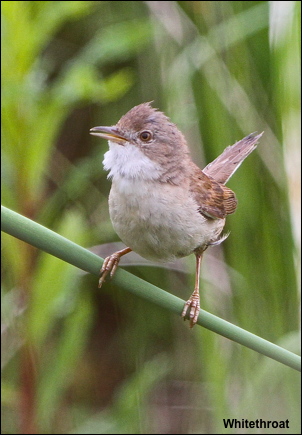
As you walk along the hedgerows of the Pennines there are any number of Warbler type birds that are gobbling up the abundance of Blackberries. Of those that I have checked out all but one have been Whitethroats, the other was a Blackcap. They must literally be eating their way south!
During the breeding season the male Peregrine provides the female with prey for their young. Before he passes it to her he plucks the feathers off it on a rock near the nest called a plucking post( Sparrowhawks do the same). Whilst on Islay in June I came across the most spectacular Peregrine plucking post that I have ever seen. Photos of it are in this weeks gallery. If only it was possible to photograph the male as he plucked the prey against the backdrop of spectacular Hebridean scenery! Click here
September 2, 2018 at 7:16 pm
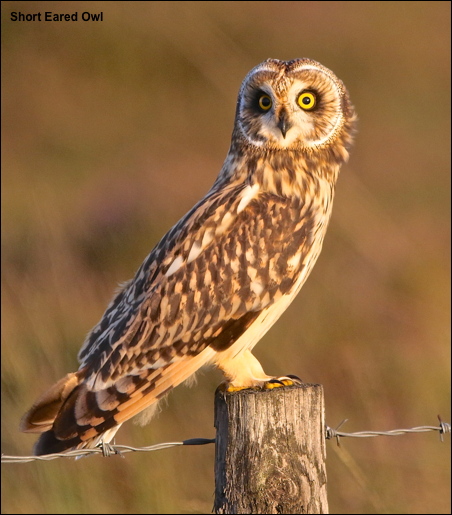
It is not often that you are able to catch up with young Short Eared Owls after they have fledged. This year they have been so successful that I have been able to obtain film of some young long after they have left the nest. The Owl in this weeks blog is three months old and would perch briefly each evening, just before sunset, then go off to hunt through the night.It is only a matter of weeks now before conditions will change in the hills and most of these juvenile Owls will move to the coast as winter moves in.Click here






